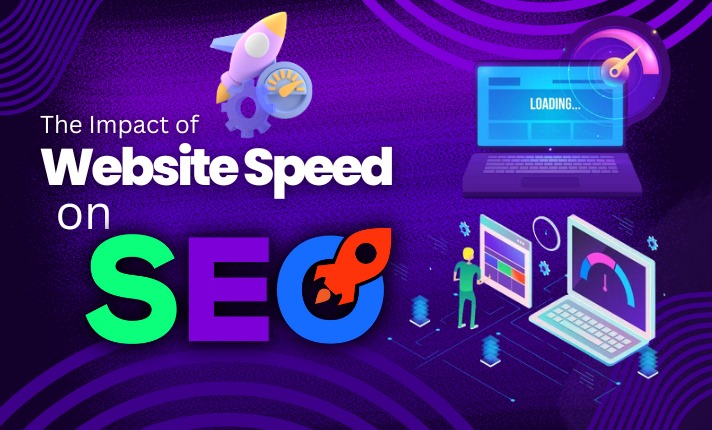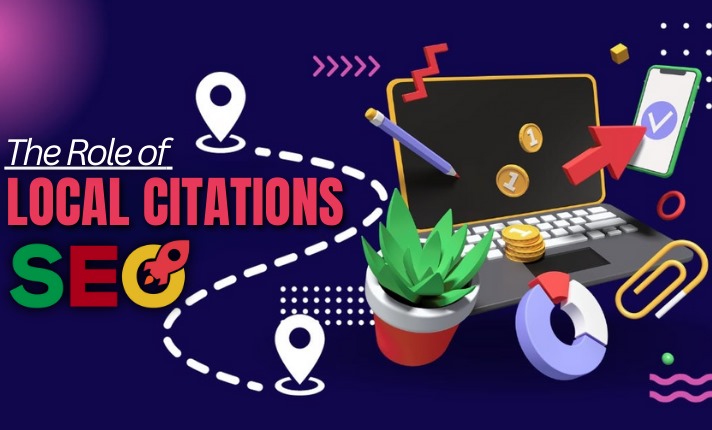
Introduction
In the fast-paced digital world, website speed is a critical factor that can make or break your online presence. Not only does it influence user experience, but it also plays a significant role in search engine optimization (SEO). In this article, we will explore the impact of website speed on SEO and provide practical tips to enhance your site’s performance.
1. Why Website Speed Matters for SEO
User Experience (UX)
A fast-loading website ensures a positive user experience, which is essential for retaining visitors and reducing bounce rates. According to Google, a delay of just one second in page load time can result in a 7% reduction in conversions. When users encounter slow websites, they are more likely to abandon the page and seek alternatives, negatively impacting your SEO rankings.
Search Engine Rankings
Google has explicitly stated that page speed is a ranking factor for both desktop and mobile searches. Faster websites are prioritized in search engine results pages (SERPs), leading to higher visibility and increased organic traffic. Conversely, slow-loading websites are penalized, resulting in lower rankings and decreased online presence.
Mobile Optimization
With the increasing use of mobile devices, ensuring your website loads quickly on smartphones and tablets is crucial. Google uses mobile-first indexing, meaning the mobile version of your site is considered the primary version. A slow mobile site can severely impact your SEO performance, as search engines prioritize sites that offer a seamless mobile experience.
2. Key Factors Affecting Website Speed
Server Response Time
The time it takes for your server to respond to a user’s request plays a crucial role in website speed. Optimizing server response time involves choosing a reliable hosting provider, utilizing content delivery networks (CDNs), and minimizing server-side processing.
Image Optimization
Large, unoptimized images can significantly slow down your website. Compress images without compromising quality and use modern image formats like WebP for faster loading times. Implementing lazy loading can also help by deferring the loading of non-visible images until the user scrolls down.
Browser Caching
Leveraging browser caching allows you to store static files, such as images and stylesheets, on users’ devices. This reduces the need to reload the entire page on subsequent visits, speeding up load times and improving the overall user experience.
Minification of CSS, JavaScript, and HTML
Minifying your website’s code involves removing unnecessary characters, spaces, and comments from CSS, JavaScript, and HTML files. This reduces file sizes and enhances load times, contributing to better SEO performance.
Reducing HTTP Requests
Each element on a webpage, including images, scripts, and stylesheets, requires an HTTP request to load. Reducing the number of HTTP requests by combining files and using CSS sprites can significantly improve your website’s speed.
3. Tools to Measure and Improve Website Speed
Google PageSpeed Insights
Google PageSpeed Insights is a free tool that provides insights into your website’s performance and offers suggestions for improvement. It evaluates both desktop and mobile versions, giving you a comprehensive overview of your site’s speed.
GTmetrix
GTmetrix is another powerful tool that analyzes your website’s speed and provides detailed reports on various performance metrics. It offers actionable recommendations to enhance your site’s speed and overall performance.
Pingdom
Pingdom is a website monitoring tool that tracks your site’s speed and uptime. It helps identify performance bottlenecks and provides insights into how to optimize your website for faster loading times.
Share this post :
Conclusion
Website speed is a critical factor in SEO, directly influencing user experience, search engine rankings, and mobile optimization. By focusing on key areas such as server response time, image optimization, browser caching, code minification, and reducing HTTP requests, you can significantly improve your website’s speed and enhance your SEO performance. Utilize tools like Google PageSpeed Insights, GTmetrix, and Pingdom to measure and optimize your site’s speed, ensuring a seamless and engaging experience for your visitors.
If you want to explore how Digital Vibes can help elevate your social media marketing strategy and achieve your business goals, please scroll down and click on our service button to discover our range of services. We are confident you’ll see great results with our service.
Our Service
Get Our Social Media Marketing Service







